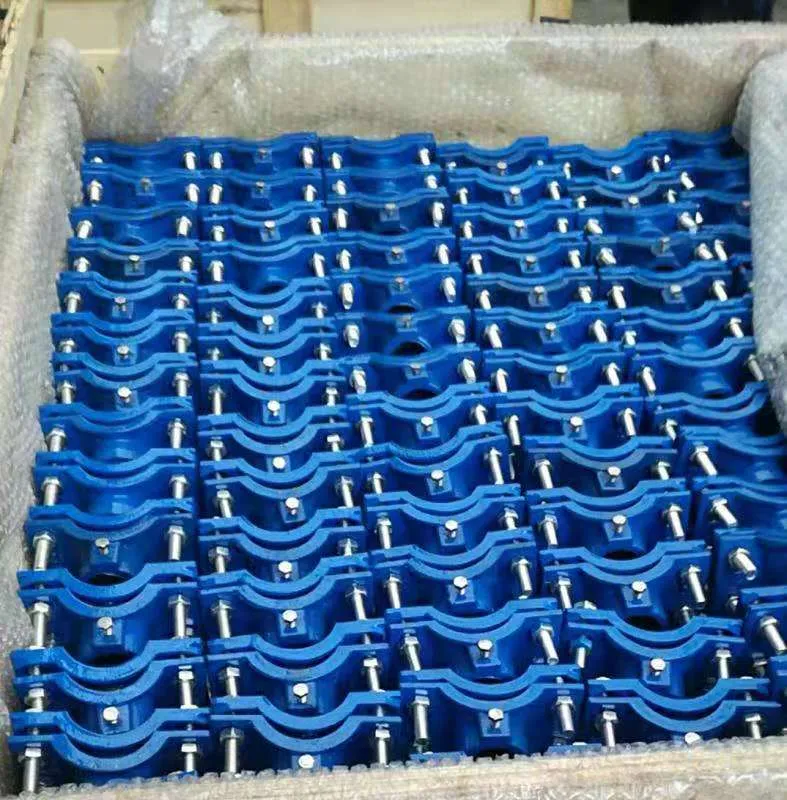PN40 Gate Valve Specifications and Applications for Industrial Use
Understanding Gate Valve PN40 Applications, Features, and Benefits
Gate valves are essential in various industries for controlling the flow of liquids or gases. Among the several types available, the PN40 gate valve stands out due to its critical features and applications. This article will delve into what a PN40 gate valve is, its benefits, applications, and why it is a preferred choice in many industrial settings.
What is a Gate Valve?
A gate valve is a type of valve that opens or closes by lifting a gate out of the path of the fluid. This design allows for minimal friction loss when the valve is fully open, making it ideal for on/off service rather than throttling flow. The 'PN' in the term PN40 stands for 'Pressure Nominale' in French, indicating the valve's maximum pressure rating in bar. Therefore, a PN40 gate valve can handle up to 40 bars of pressure.
Key Features of PN40 Gate Valves
1. Robust Construction PN40 gate valves are constructed from materials that can withstand high pressures and temperature variations, such as ductile iron, stainless steel, and carbon steel. This robustness ensures durability and longevity in demanding environments.
2. Design Versatility These valves come in various designs, including rising and non-rising stem types. Rising stem gate valves have a stem that moves upward as the valve opens, allowing for visual confirmation of the valve’s position. Non-rising stem models are often used in situations where space is limited.
3. Sealing Capability The seating surfaces of PN40 gate valves are engineered to provide excellent sealing, thereby minimizing leakage during operation. This feature is crucial in applications where fluid containment is paramount.
4. Easy Operation Gate valves are designed for simple operation, typically using a handwheel or actuator. The straightforward mechanism reduces the risk of operator errors and enhances safe and efficient system control.
Applications of PN40 Gate Valves
PN40 gate valves are widely used across various industries due to their reliability and robustness. Here are some common applications
gate valve pn40

1. Water Treatment Plants Gate valves are essential for isolating and governing the flow of water in treatment processes, ensuring efficient operation and maintenance.
2. Oil and Gas Industry In pipelines and refineries, PN40 gate valves are used to control the flow of crude oil, natural gas, and other hydrocarbons. Their ability to handle high pressures makes them ideal for these applications.
3. Chemical Processing Many chemical processes require precise control of flow, and PN40 gate valves can effectively manage the transportation of corrosive and non-corrosive substances.
4. Power Generation In power plants, these valves are used to regulate water and steam flow, ensuring optimal functioning of boilers and turbines.
Benefits of Using PN40 Gate Valves
1. Efficiency Given their design, PN40 gate valves offer low flow resistance, making them efficient for systems that require fast opening and closing without pressure drop.
2. Space-Saving Their compact design allows for installation in tight spaces, making them versatile for different industrial layouts.
3. Cost-Effective Although they may demand a higher initial investment than some valve types, their longevity and reliability often lead to lower maintenance costs over time.
4. Safety The robust construction ensures that they can handle extreme conditions without failing, providing a safer operational environment.
Conclusion
In summary, PN40 gate valves represent a vital component in the fluid control arsenal of many industries. Their robust design, versatility, and ability to handle high pressure make them a reliable choice for various applications, from water treatment to oil and gas extraction. By investing in high-quality PN40 gate valves, industries can ensure efficient, safe, and cost-effective operations, ultimately supporting their overall productivity and sustainability goals.
-
The Smarter Choice for Pedestrian AreasNewsJun.30,2025
-
The Gold Standard in Round Drain CoversNewsJun.30,2025
-
The Gold Standard in Manhole Cover SystemsNewsJun.30,2025
-
Superior Drainage Solutions with Premium Gully GratesNewsJun.30,2025
-
Superior Drainage Solutions for Global InfrastructureNewsJun.30,2025
-
Square Manhole Solutions for Modern InfrastructureNewsJun.30,2025
-
Premium Manhole Covers for Modern InfrastructureNewsJun.30,2025
